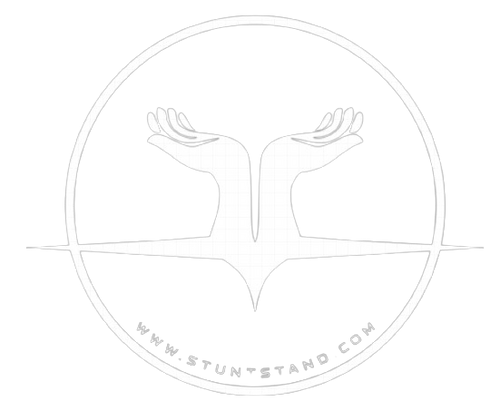Using The Stunt Stand Training Device
Congratulations on purchasing a Stunt Stand, the best in flyer training equipment!
We thank you for your order.
To get the most from your Stunt Stand, we've put together a library of videos to teach you how to use it properly. The goal is to help flyers of every level, to practice safely.
